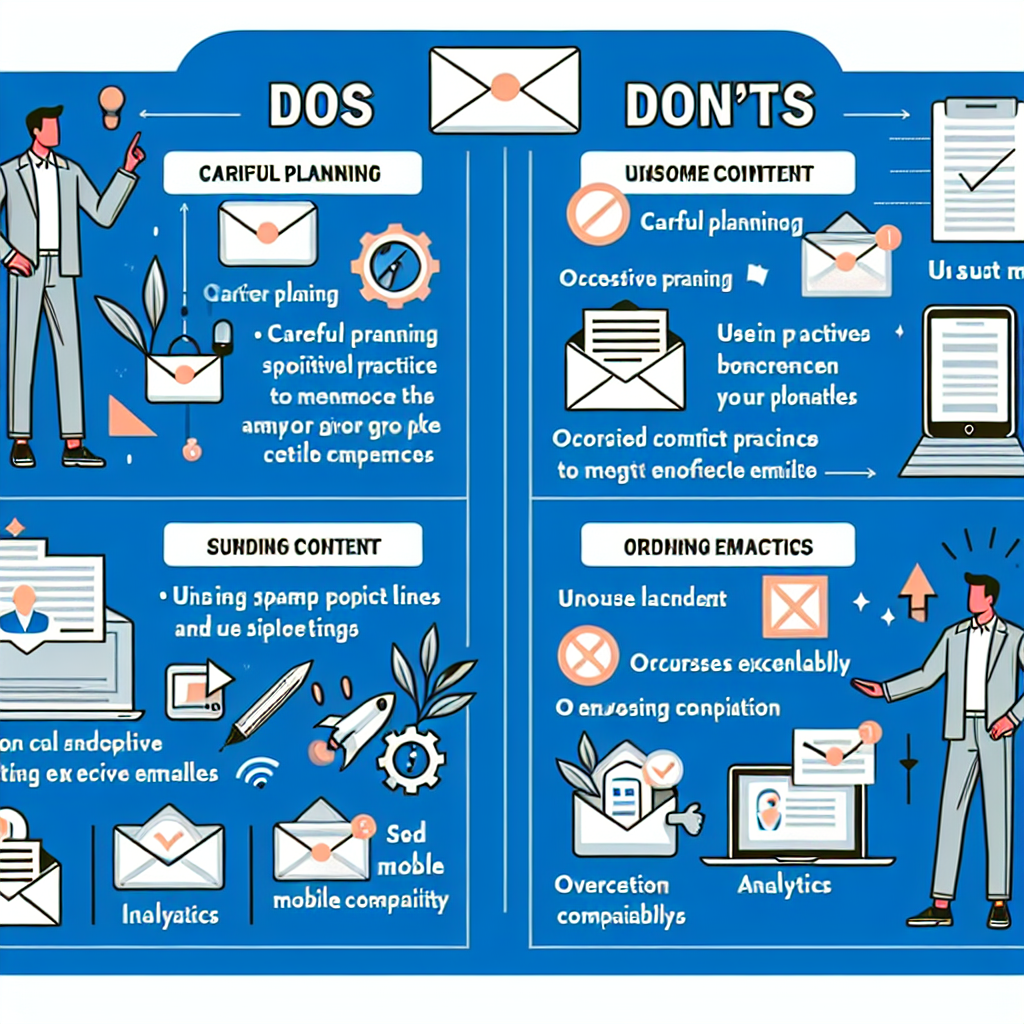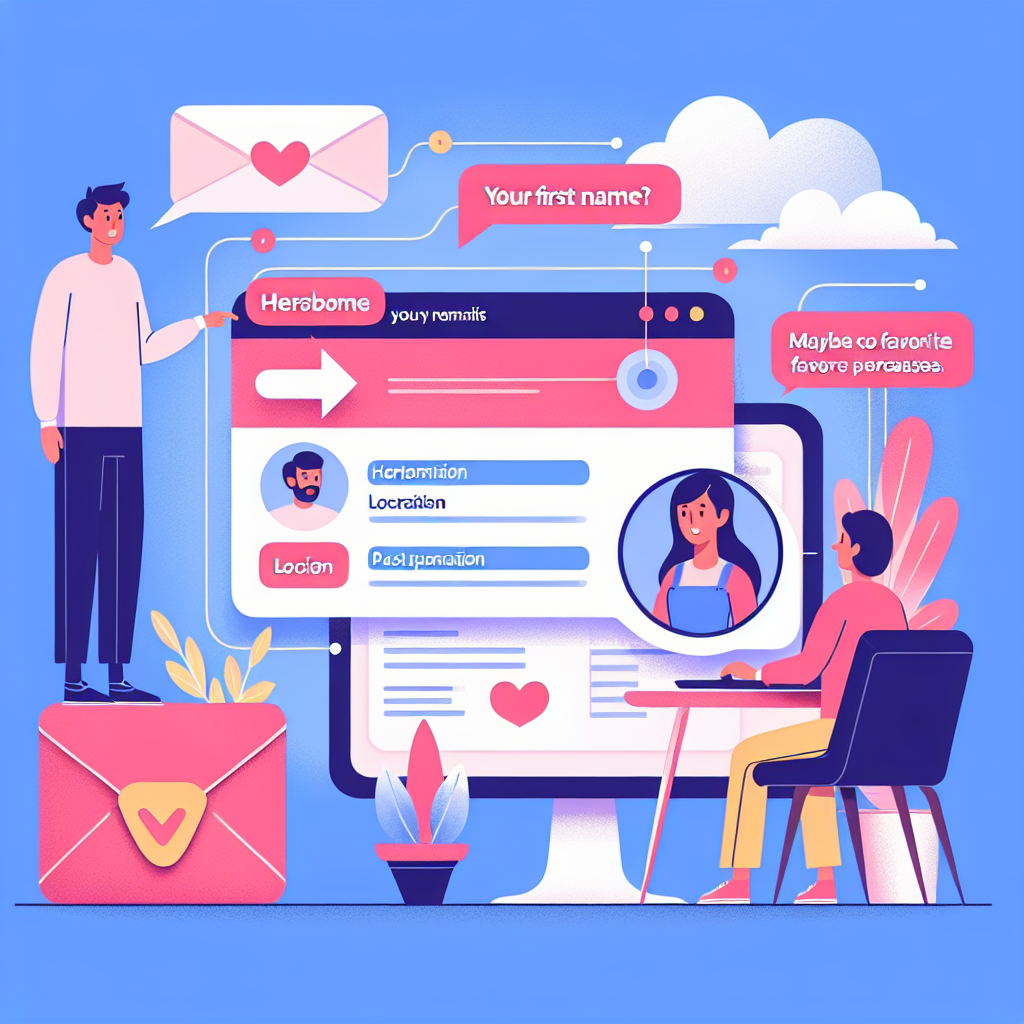How to Optimize Your Landing Pages for Conversions
Landing pages play a crucial role in your online marketing strategy. They are often the first point of contact between your brand and potential customers. A well-optimized landing page can significantly increase your conversion rates, turning visitors into leads or customers. In this comprehensive guide, we will discuss various strategies and best practices to optimize your landing pages for conversions.
Understanding the Importance of Landing Page Optimization
Optimizing your landing pages is essential for several reasons. According to a study by WordStream, the average conversion rate for landing pages across all industries is 2.35%. However, the top 25% of landing pages convert at 5.31% or higher. This shows that with the right optimization techniques, you can achieve significantly higher conversion rates.
Key Elements of a High-Converting Landing Page
Several elements contribute to the effectiveness of a landing page. Understanding and optimizing these elements can make a substantial difference in your conversion rates.
1. Compelling Headline
Your headline is the first thing visitors see when they land on your page. It should be clear, concise, and compelling. A well-crafted headline can grab the visitor’s attention and encourage them to stay on your page. Use power words and action verbs to make your headline more engaging.
2. Persuasive Copy
The copy on your landing page should be persuasive and focused on the benefits of your product or service. Highlight the unique selling points (USPs) and explain how your offering can solve the visitor’s problem. Use bullet points, short paragraphs, and subheadings to make your copy easy to read.
3. Strong Call-to-Action (CTA)
Your CTA is a critical element of your landing page. It should be prominently displayed and use action-oriented language. According to HubSpot, personalized CTAs convert 202% better than default versions. Make sure your CTA stands out visually and clearly communicates what the visitor should do next.
4. Visual Elements
Images, videos, and graphics can enhance the appeal of your landing page and make it more engaging. Use high-quality visuals that are relevant to your offering. According to a study by EyeView Digital, including a video on your landing page can increase conversions by 86%.
5. Trust Signals
Trust signals such as customer testimonials, reviews, certifications, and security badges can help build credibility and trust with your visitors. Displaying these elements prominently on your landing page can reassure visitors and increase their likelihood of converting.
Best Practices for Optimizing Your Landing Pages
Now that we understand the key elements of a high-converting landing page, let’s explore some best practices for optimization.
1. A/B Testing
A/B testing, or split testing, involves creating two versions of your landing page with slight variations and testing them to see which one performs better. According to Invesp, companies that use A/B testing see an average of 37% improvement in their conversion rates. Test different headlines, CTAs, images, and other elements to identify the most effective combination.
2. Mobile Optimization
With the increasing use of mobile devices, it’s essential to ensure that your landing pages are mobile-friendly. According to Statista, over 50% of global website traffic comes from mobile devices. Use responsive design, optimize loading times, and ensure that your CTAs are easily clickable on smaller screens.
3. Page Load Speed
Page load speed is a critical factor in user experience and conversion rates. According to Google, as page load time goes from one second to ten seconds, the probability of a mobile site visitor bouncing increases by 123%. Use tools like Google PageSpeed Insights to analyze and improve your page load speed.
4. Consistent Messaging
Ensure that the messaging on your landing page is consistent with the ads or emails that brought visitors to your page. This includes using similar language, visuals, and offers. Consistent messaging helps reinforce your value proposition and reduces confusion for visitors.
5. Minimal Distractions
A cluttered landing page can overwhelm visitors and reduce the likelihood of conversions. Keep your design clean and focused on the main goal of the page. Remove unnecessary elements, such as navigation menus and external links, that can distract visitors from taking the desired action.
6. Social Proof
Social proof, such as customer reviews, testimonials, and case studies, can help build trust and credibility with your visitors. According to Nielsen, 92% of consumers trust recommendations from friends and family over other forms of advertising. Incorporate social proof elements strategically on your landing page to reinforce your value proposition.
Analyzing and Measuring Success
To continuously improve your landing pages, it’s essential to analyze and measure their performance. Use tools like Google Analytics and heatmaps to track user behavior and identify areas for improvement. Monitor key metrics such as bounce rate, conversion rate, and average time on page to gauge the effectiveness of your optimization efforts.
Conclusion
Optimizing your landing pages for conversions is an ongoing process that requires continuous testing and refinement. By focusing on key elements such as compelling headlines, persuasive copy, strong CTAs, and trust signals, you can create high-converting landing pages that drive results. Implement the best practices outlined in this guide, and regularly analyze your performance to identify opportunities for improvement. With the right approach, you can significantly increase your conversion rates and achieve your marketing goals.


